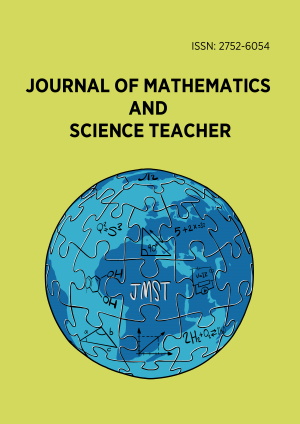Abstract
The Chernobyl nuclear accident of April 26, 1986, is a key example of how science, society, and the environment are all connected. This study looks into how useful it would be to include the Chernobyl disaster in science classes. The research finds ways to include difficult ideas like radioactivity, ecological effect, and moral decision-making in school curricula by doing a qualitative content analysis of relevant literature and educational frameworks. The study suggests a teaching style that uses a variety of subjects and hands-on activities to improve students’ scientific literacy, critical thinking, and moral consciousness. The main findings show that using real-world catastrophes like Chernobyl helps students get more involved, understand concepts better, and get ready to be engaged citizens in a world that is full of technology. The study also talks about the teaching problems that come up, such as emotional sensitivity and safety concerns, and gives suggestions on how to do so responsibly. Overall, this study helps change the curriculum by encouraging the use of historical scientific events in science classes.
License
This is an open access article distributed under the Creative Commons Attribution License which permits unrestricted use, distribution, and reproduction in any medium, provided the original work is properly cited.
Article Type: Research Article
Journal of Mathematics and Science Teacher, Volume 5, Issue 4, 2025, Article No: em088
https://doi.org/10.29333/mathsciteacher/16860
Publication date: 01 Oct 2025
Online publication date: 03 Sep 2025
Article Views: 950
Article Downloads: 455
Open Access References How to cite this article
 Full Text (PDF)
Full Text (PDF)